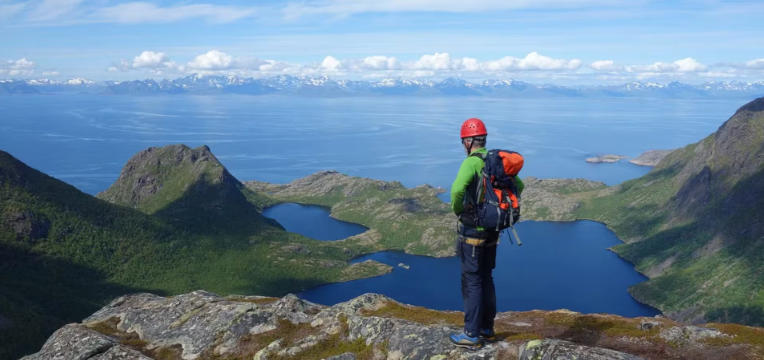Exploring Lofoten’s Climbing Paradise
Nestled in the Arctic Circle, the Lofoten Islands offer an extraordinary climbing experience for both novices and seasoned climbers alike. With stunning landscapes featuring jagged peaks, towering cliffs, and breathtaking backdrops of fjords, Lofoten is a unique destination that combines adventure with natural beauty. This guide will help you understand what makes Lofoten a climbing haven while offering practical tips for your visit.
The Unique Geology of Lofoten
Lofoten’s striking geological features are a climber’s dream come true. The islands’ mountains are primarily composed of granite, providing excellent rock quality for various climbing styles, including trad and sport climbing. The crags range in height and difficulty, offering routes suitable for all skill levels. Additionally, the dramatic coastal scenery makes each ascent a breathtaking experience, as climbers can enjoy panoramic views of rugged cliffs plunging into the vibrant blue sea below. The extraordinary geological formations also create numerous bouldering spots, which are perfect for those looking to enhance their skills in a more casual setting.
Best Climbing Areas and Routes
Lofoten boasts several prime climbing areas that cater to different skill levels and preferences. One of the most popular spots is “Hamnøy,” known for its incredible crack climbs and picturesque setting next to the sea. For those seeking a more challenging experience, “Reinebringen” offers steep ascents and spectacular views, making it a favorite among experienced climbers and photographers alike. Meanwhile, “Kvalvika Beach” provides a mix of bouldering and bolted routes, set against a stunning backdrop that makes for a perfect day of climbing. Each area is well-equipped with local climbing guides who can assist with route selection and safety tips, ensuring climbers have a safe and enjoyable experience.
When to Visit Lofoten for Climbing
Timing your visit to Lofoten can greatly enhance your climbing experience. The best months for climbing are typically from late spring to early autumn, when the weather is milder and the days are longer. During this period, you can enjoy almost 24 hours of daylight, allowing for extended climbing sessions. Keep in mind that the weather in Lofoten can be unpredictable, so it’s wise to check forecasts and be prepared for sudden changes. Additionally, engaging with local climbing communities can provide invaluable insights into the best times to climb and tips for handling the unique challenges presented by the area’s climate.
Conclusion
Lofoten is more than just a climbing destination; it’s an adventure that brings together breathtaking landscapes and thrilling climbing experiences. Whether you’re scaling majestic cliffs, bouldering on sandy beaches, or simply soaking in the stunning views, you’re bound to create unforgettable memories. As you plan your climbing journey, consider reaching out to local guides or climbing communities to ensure you maximize your experience. Ready to embrace the adventure? Lofoten awaits you!
